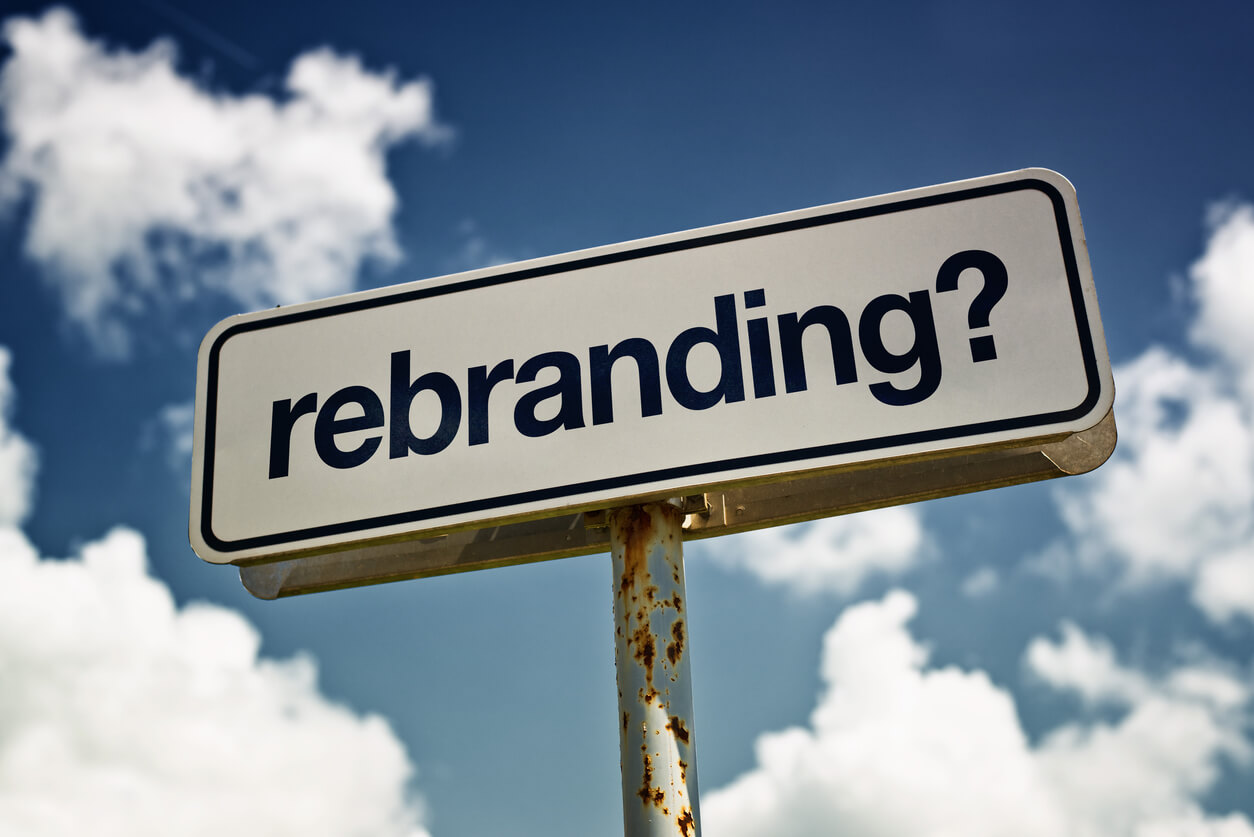
It’s impossible to overstate the importance of a company logo. It acts as an organisation’s ‘face’ and a company’s calling card, with the potential to summarise everything from its ethics and values to its everyday operations.
So the decision to redesign a brand logo should not be taken lightly because when it doesn’t work out, undoing the damage can be a major job.
Companies often rebrand with a revised logo and how much that new design differs from its predecessor can vary wildly.
After a period of criticism and mild trolling, consumers tend to come round and accept the new logo but sometimes, the backlash can be massive enough to destabilise an entire organisation and make it regret ever considering a rebrand in the first place.
Here are a few notable examples of when a rebrand didn’t quite go to plan…
Gap
One of the more calamitous rebrands of recent times concerns Gap.
The iconic blue square logo you’ll most likely be familiar with has been around since the 1970s. However, in 2010, the San Francisco-based clothing giant decided it was time for a change.
That’s fair enough, but what they came up with was probably too much too quickly. The blue square was still there – even if it was demoted to the background – while only the G was capped up.
Looking at the new logo, anyone without any previous knowledge of ‘The Gap’ would assume they were an insurance provider or facilities management firm; not that there’s anything wrong with those kinds of companies, but it doesn’t project the cool and youthful feel a hip clothing store would usually aim for.
The backlash was cruel and immediate with the online community quickly setting up a mock Twitter account and a tutorial instructing how users could ‘gapify’ their logo in four easy steps.
Aspiring designers wasted no time submitting their interpretation of the Gap logo, but less than a week after the whole debacle started, the store had gone full circle and reverted back to the original. It was all for nothing.
Cardiff City
When Malaysian billionaire and investor Vincent Tan claimed ownership of this Welsh football team in 2010, few could have predicted the upset he’d cause two years later.
Traditionally, Cardiff City played in blue. They were so intrinsically linked to the colour that they’d acquired the nickname ‘the bluebirds’.
However, this tradition was essentially held to ransom when Tan promised to spend £100 million to boost the stadium’s capacity and build a new training ground, but only if the club changed from blue to red.
The bluebirds would become red dragons, which played into the club’s obvious Welsh connections, but in football, blue is to red as black is to white.
As a sweetener, Tan would let the new badge include a bluebird at the bottom and retain its bluebird nickname.
The team played in red between 2012 and 2015, switching back to a blue home kit/red away kit halfway through the 2014/15 season in a bid to “unite” the club.
The club badge was reversed in the same manner with the bluebird taking prominence while the red dragon was demoted to a footnote.
Millions of Brits admit they’re ‘brand snobs’ and more than half of all UK consumers are prepared to fork out extra cash for a well-known brand.
Watch this short clip on Britain’s brand snobs here.


